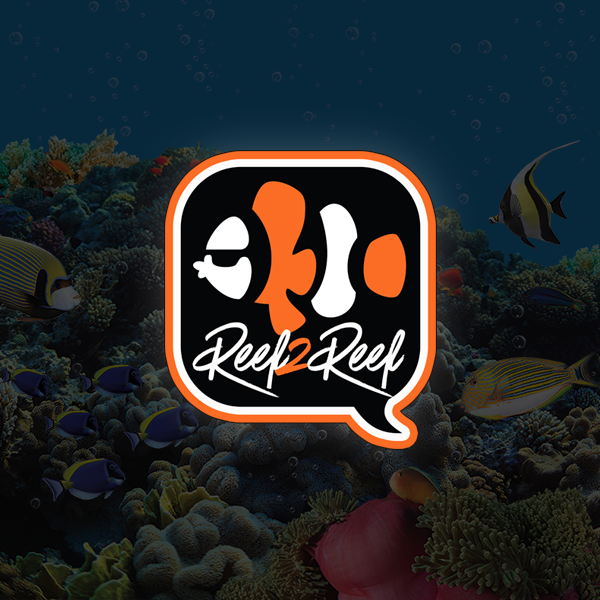- Joined
- May 22, 2016
- Messages
- 6,970
- Reaction score
- 10,747
This is a bit speculative, but I'll go with it.
Erythromycin itself - as far as I can tell just from reading a whole bunch - should not have a huge O2-consuming effect. Yet, chemi-clean almost always drops O2, and this is anticipated in the instructions.
It makes me wonder if this product is delivering erythromycin with a bunch of excipients/fillers like might be in pills (which would be broken down in a tank and lower O2) and there is room for a better version of the product without the excipients that could deliver just the antibiotic and have much lower O2 drop.
(I could be wrong erythromycin itself might dramatically lower O2 in some way that escaped my searching on the topic. )
Erythromycin itself - as far as I can tell just from reading a whole bunch - should not have a huge O2-consuming effect. Yet, chemi-clean almost always drops O2, and this is anticipated in the instructions.
It makes me wonder if this product is delivering erythromycin with a bunch of excipients/fillers like might be in pills (which would be broken down in a tank and lower O2) and there is room for a better version of the product without the excipients that could deliver just the antibiotic and have much lower O2 drop.
(I could be wrong erythromycin itself might dramatically lower O2 in some way that escaped my searching on the topic. )





















